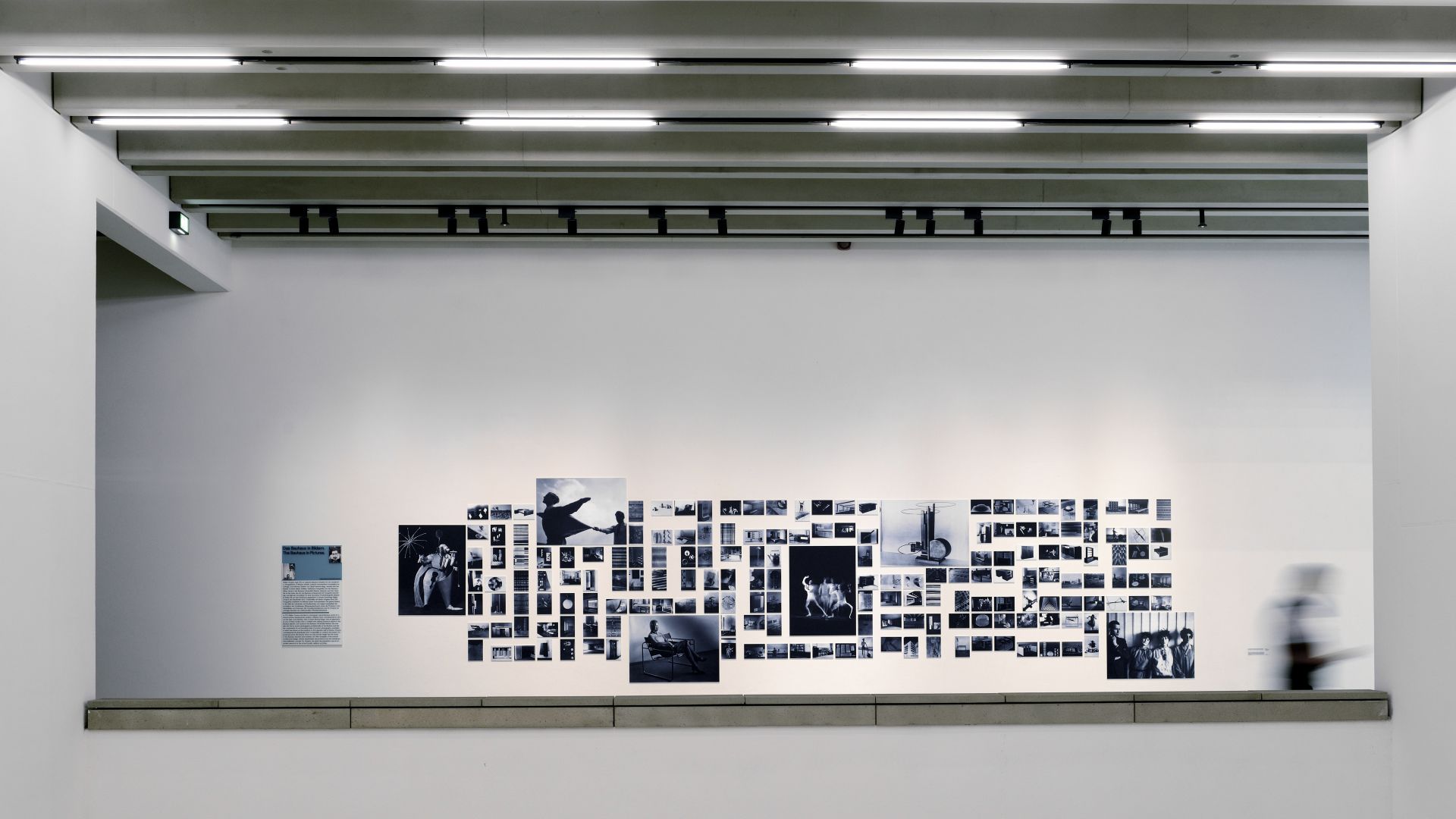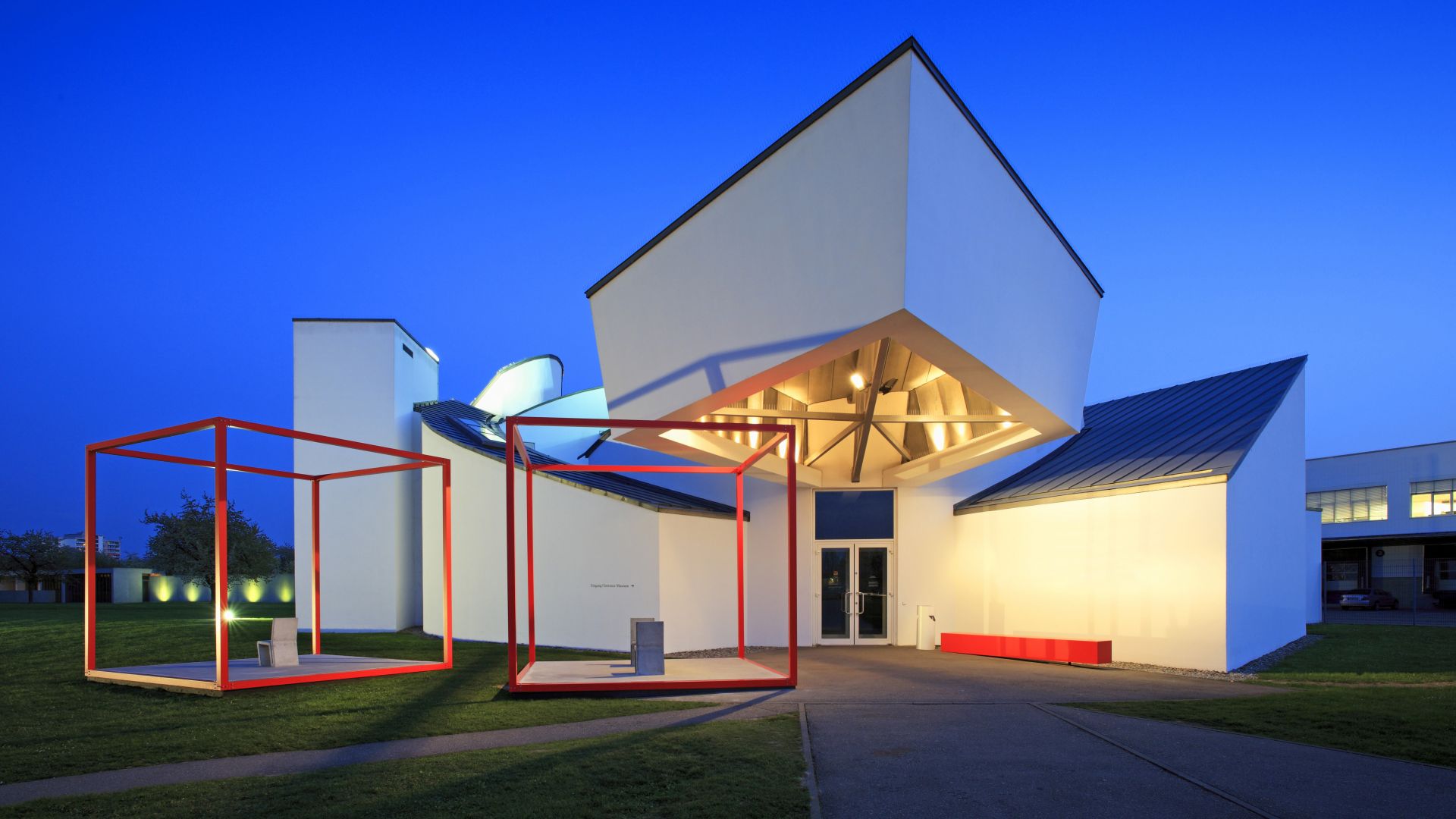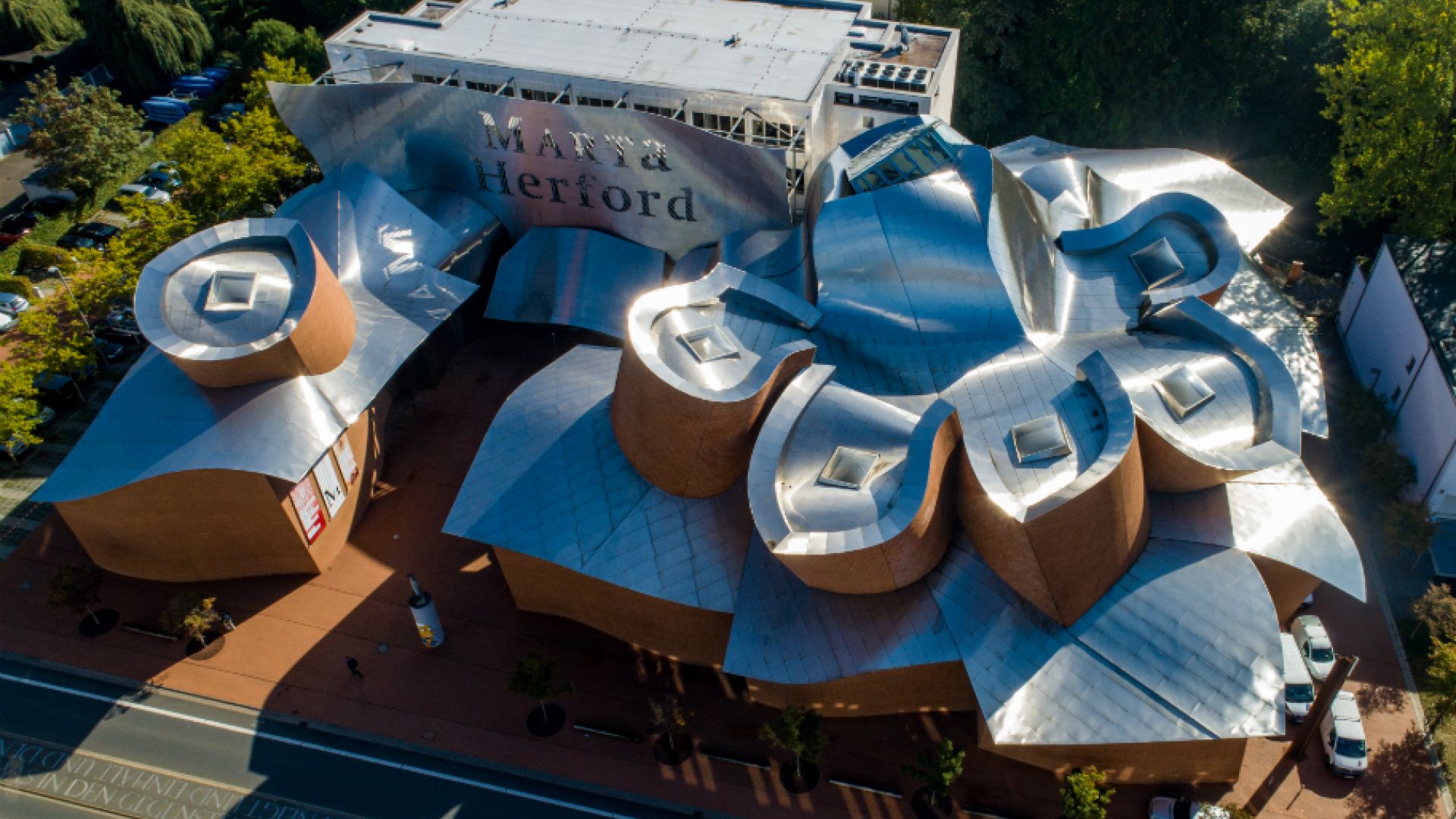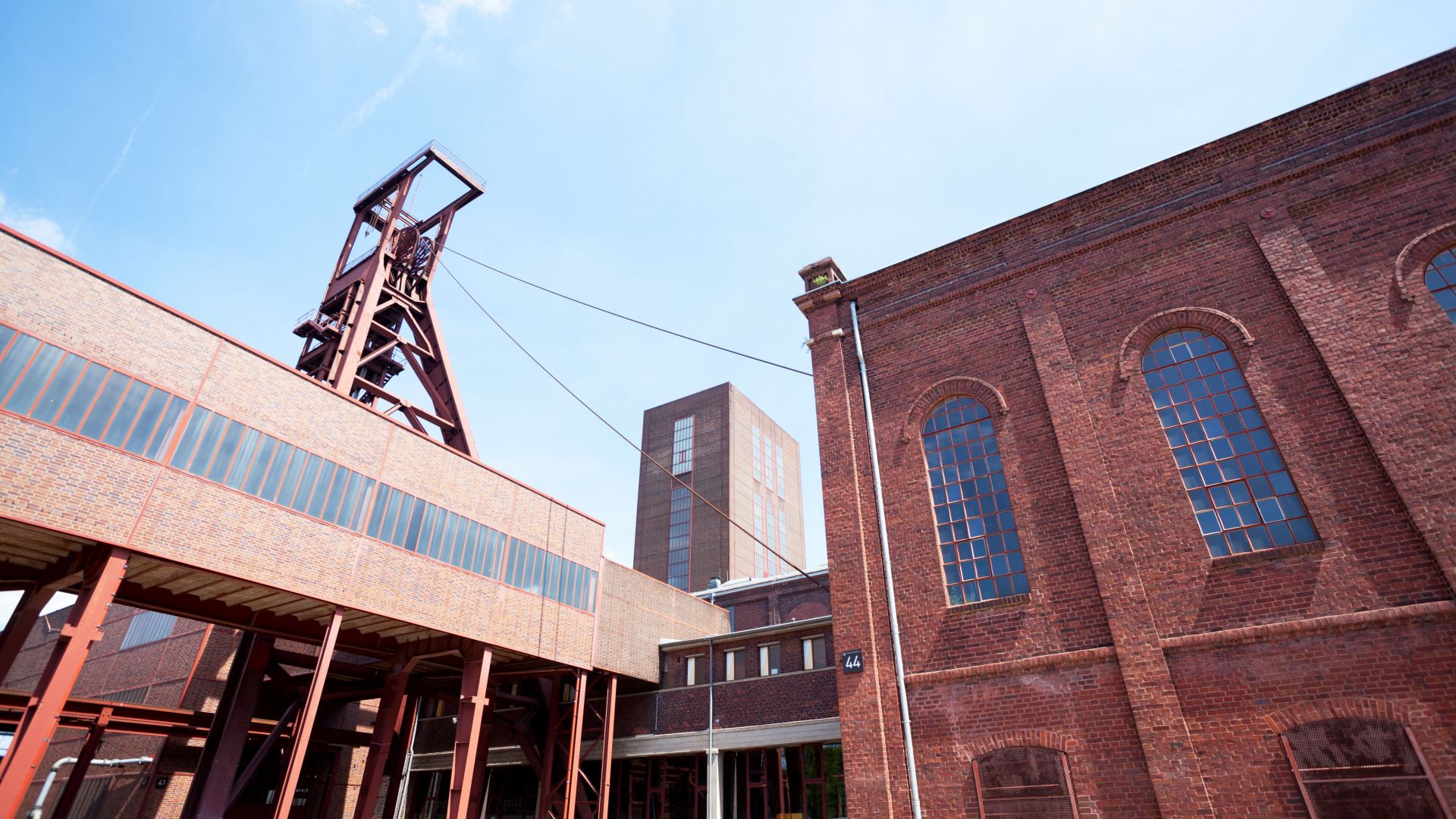Cities & Culture
Design museums: a celebration of beauty
Design determines our everyday life and yet all too often fades into the background. But not in these museums, which are explicitly dedicated to the beautiful forms of industrial, graphic and product design, and modern and applied art. Best of all: this love of design is often already evident in the museums' architecture.
Bauhaus Museum: old treasures in a new home
 Weimar: Exhibition at the Bauhaus Museum
©DZT (Francesco Carovillano)
Weimar: Exhibition at the Bauhaus Museum
©DZT (Francesco Carovillano)
Germany is a land of exports. Many consider the State Bauhaus, founded by Walter Gropius, to be the most successful cultural export. It is definitely the most important school for design, architecture and art in the 20th century. Even though its peak is linked to the city of Dessau-Roßlau, Weimar also plays an important role as a founding location. In keeping with the 100th anniversary, a new museum was therefore opened 2019. As a place of open encounter and discussion, it is reminiscent of the early Bauhaus phase. The oldest collection of workshop works forms the basis of discussion, and is located behind the monumental concrete façade of a rectangular building, which Gropius created in 1925. It provides a comprehensive insight into the development of art and art schools in Weimar from 1900 to 1930. Paintings, graphics, drafts, product designs, photos and historical documents form a cross-section of the extensive Bauhaus programme. This is why the furniture of Marcel Breuer and Ludwig Mies van der Rohe is just as popular as the works of Paul Klee, László Moholy-Nagy and Lyonel Feininger. Not to mention the architectural designs by Gropius himself.
Vitra Design Museum: a campus full of stars
 Weil am Rhein: Vitra Design Museum in the evening
©Lookphots (Heinz Wohner)
Weil am Rhein: Vitra Design Museum in the evening
©Lookphots (Heinz Wohner)
Frank O. Gehry is one of the greatest architects of our time – cue Walt Disney Concert Hall in Los Angeles and the Guggenheim Museum in Bilbao. This icon of architecture, with a soft spot for deconstructivism and undulating forms, also had an impact in Weil am Rhein, albeit on a smaller scale. His partly winding, partly angular building made of white plaster and titanium-zinc alloy was originally opened in 1989 as an exhibition space for furniture by the Vitra design label, which has its production facilities next door. However, it was quickly decided that a museum would be created out of this spectacular building, and that it would provide a platform for other design objects and artists – in the form of multiple temporary exhibitions a year. But that's not all: the Vitra Campus received a prominent addition. The Iraqi-British architect Zaha Hadid redesigned the fire station, the Dutch landscape gardener Piet Oudolf created a wilderness garden, and the architectural team Herzog & de Meuron first designed the intricate Vitra Haus and flagship store and then, in 2016, the Schaudepot, with one of the world's largest permanent exhibitions of modern furniture design. Around 400 key items from 1800 to the present day are on display, with the collection comprising a total of 20,000 objects! These include early bentwood furniture and icons of classical modernism by Le Corbusier or Gerrit Rietveld, as well as the latest designs from the 3D printer.
Marta Herford: great museum art in East Westphalia
 Herford: Marta Herford from a bird's eye view
©Tourismus NRW e.V.
Herford: Marta Herford from a bird's eye view
©Tourismus NRW e.V.
Yes, modern art can also be found beyond the big cultural strongholds – and oh boy! Herford in East Westphalia, with a population of around 65,000, has long been known as a hotspot for the furniture and clothing industry. However, when MARTa opened in 2005 and was voted "Museum of the Year" in 2014, the town was given fresh proof of this. Its orientation towards contemporary art, with a special focus on design and architecture, is evident not only in its name – a combination of the German word for furniture (Möbel), art (ART) and ambience (a) – but above all in its structural design. With its flowing and tilting walls, the twisted building complex is one of the most unusual museum structures in the world, thanks to Frank O. Gehry. For the façade, which has no windows facing the street, the American architectural icon chose dark red bricks that contrast with its light stainless steel roof and white plastered building core. In addition to the galleries, hosting constantly changing, consistently high-profile exhibitions, the building complex also includes the light-flooded "Kupferbar" with an outdoor terrace on the Aa river, the museum shop and a lively event forum.
Red Dot Design Museum: connecting the dots in the most beautiful way
 Essen: Kunstschacht and Zollverein colliery, UNESCO World Heritage
©Getty Images (justhavealook)
Essen: Kunstschacht and Zollverein colliery, UNESCO World Heritage
©Getty Images (justhavealook)
Cutlery, furniture, lighting, consumer electronics, kitchen appliances and much more. In the Red Dot Design Museum in Essen, there are numerous objects on display that you could easily imagine seeing in a department store. Or in your own home. But the 2,000 or so exhibits on display certainly do not come from a shopping spree or from an estate sale. Only products that have been awarded one of the annual "Red Dot Design Awards" by a jury find their way into the museum, which is located in the former boiler house of the UNESCO World Heritage Site Zeche Zollverein, converted in 1997 by architectural icon Sir Norman Foster. First, the winners of the award are exhibited for a month in a special exhibition, before becoming part of the regular collection of the museum, the largest of its kind in the world with 4,000 square metres of exhibition area. This has been achieved, for example, by the "Spacewalker lights" by the manufacturer Dark NV from 2009, a 7-metre sculpture made of sheets of paper based on a design by the internationally renowned designer Yao Yingjia, a Fiat 500 and the all-aluminium body of an Audi A8, which hangs impressively from the ceiling.